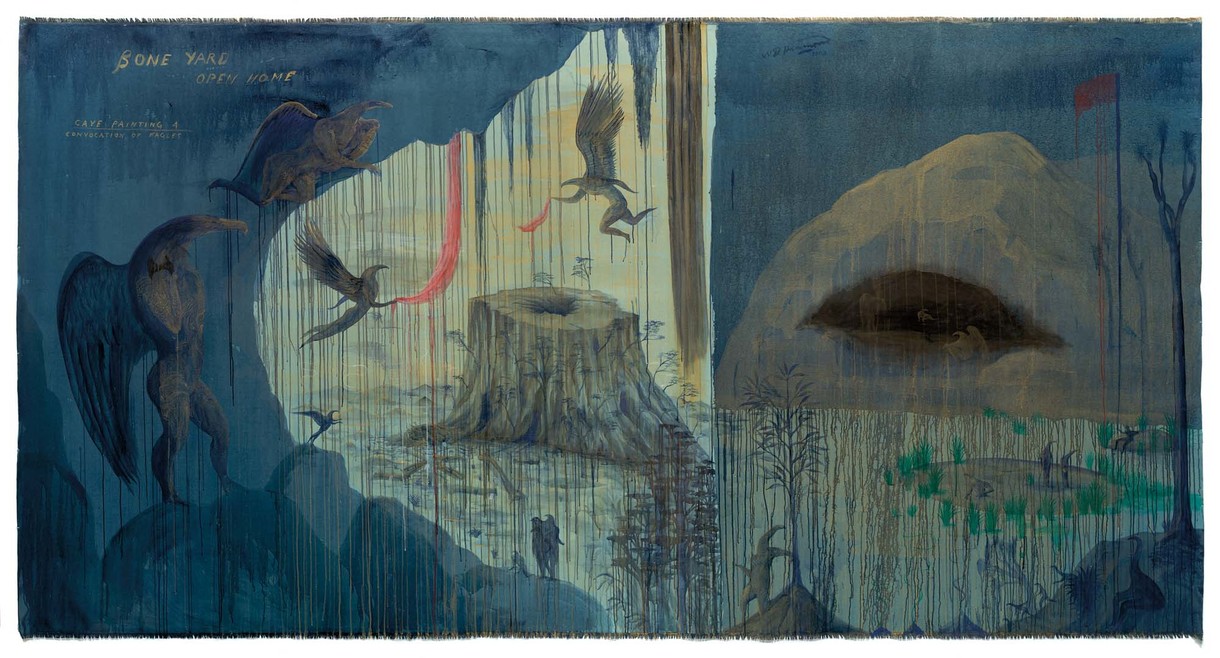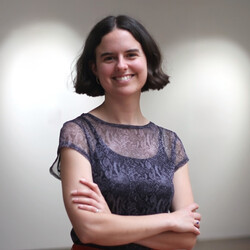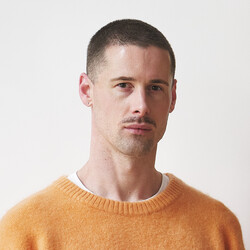B.196
B.
Bulletin
New Zealand's leading
gallery magazine
Latest Issue
B.22001 Jun 2025
Contributors

Director's Foreword

Director's Foreword
Welcome to the winter edition of Bulletin. It’s impossible to talk about the last few months in Christchurch now without acknowledging the terrible events of 15 March. The mosque shootings were a horrific act that changed this city, and indeed our country, forever. Such brutality and hate is something we could never have imagined. But what also eventuated was an outpouring of love, unity, compassion, courage and incredible leadership. That is something that our city needs to hold on to and never forget. Te Puna o Waiwhetū Christchurch Art Gallery has always been a place for people to gather, regardless of race, gender or religion—we welcome all, and our doors are open. But I know we all can, and must, do so much more.
Commentary

The Time Problem
Time is a problem in the contemporary world. There is simply not enough of it. Our to-do lists are too long; the time available to do what needs to be done is too short; the demands on our attention are increasingly brutal. Digital technologies track the minutiae of how we spend our days, but the sheer speed at which things seem to be happening makes it difficult to keep up.
Commentary

Doctor Jazz Stomp and the Webb Lane Sound
“Bill Hammond is long, lithe and tired, and was born several years ago. Is currently pursuing a Fine Arts course and trying hard to catch up. He is deeply interested in the aesthetic implications of sleep, sports the Rat-Chewed Look in coiffures for ’68, and dreams about blind mice in bikinis. He has never been known to sing outside the confines of his bedroom. Shows a marked but languid preference for the subtle textural nuances and dynamic shadings of washboard, cowbell, woodblocks, claves, cymbal, spoons, thimbles, tambourine, and the palms of the hands in percussive contact.”
Artist Profile

Studio Visit
I was in London last October and keen to visit Ron Mueck, but he wasn’t there: he’d gone down to Ventnor, on the Isle of Wight, where he has a studio. I spent my childhood in England, but I’d never been to the Isle of Wight. It’s in the English Channel; a Victorian retreat beloved by Tennyson, who wrote ‘The Charge of the Light Brigade’ here. It was also the home of the photographer Julia Margaret Cameron, who made portraits of many of Tennyson’s guests. (When Tennyson took the American poet Longfellow to Cameron’s house for a portrait, he reportedly warned: “You’ll have to do whatever she tells you. I’ll come back soon and see what’s left of you.”)
Commentary

Power and Possibility
Jonathan Jones, art critic for the Guardian newspaper, described it as “a spectacle that displays the power and mystery of our planet”. Made more than forty years ago, Walter De Maria’s 1977 sculpture The Lightning Field remains one of the world’s most ambitious manifestations of light-based art.
My Favourite

Juliet Peter's Harvesting, Rydal Downs
I grew up in a house in Glandovey Road, Fendalton—twenty-two bedrooms! Back then, my options were to be a nurse or a school teacher, but all my life, I’d wanted to be a farmer. My father encouraged that practical side of me. He was a keen fly fisherman and called me “sonny”. I had my hair cut at the barbers; I wore long pants in winter—I thought I was a boy.
Artist Profile

White Camellias Revisited
Just over a quarter of a century ago the Robert McDougall Art Gallery hosted an exhibition to celebrate a century of women’s art making in Canterbury. It was the Gallery’s contribution to the country-wide centenary celebrations of women’s suffrage. Co-curated by Lara Strongman and myself, White Camellias: A Century of Artmaking by Women in Canterbury, as its title suggests, was a springboard for both korero and further study of women’s art history.




